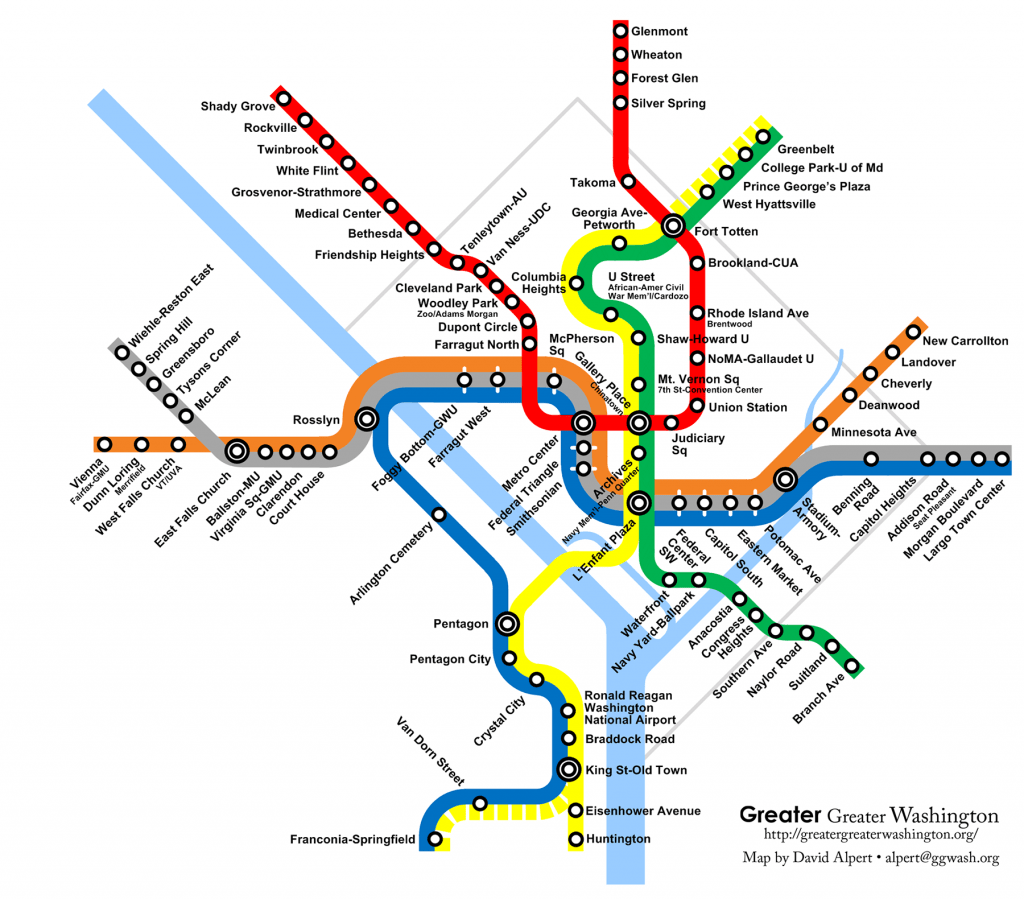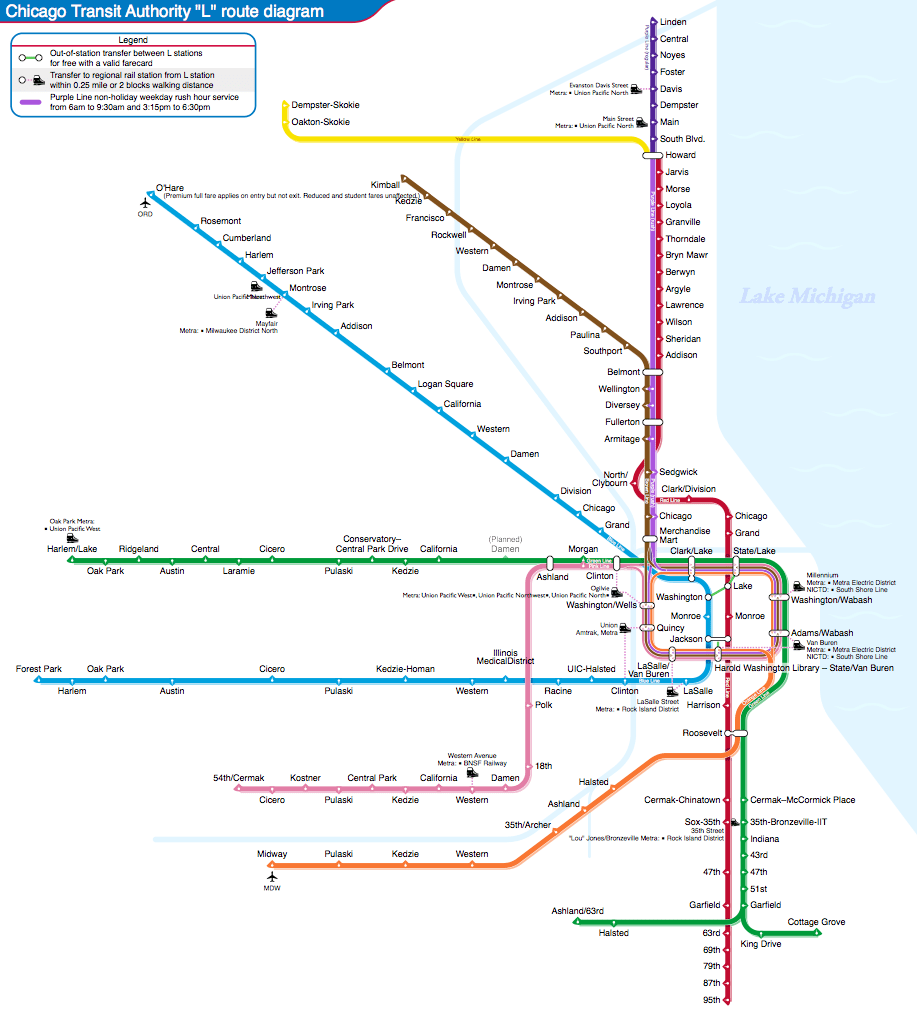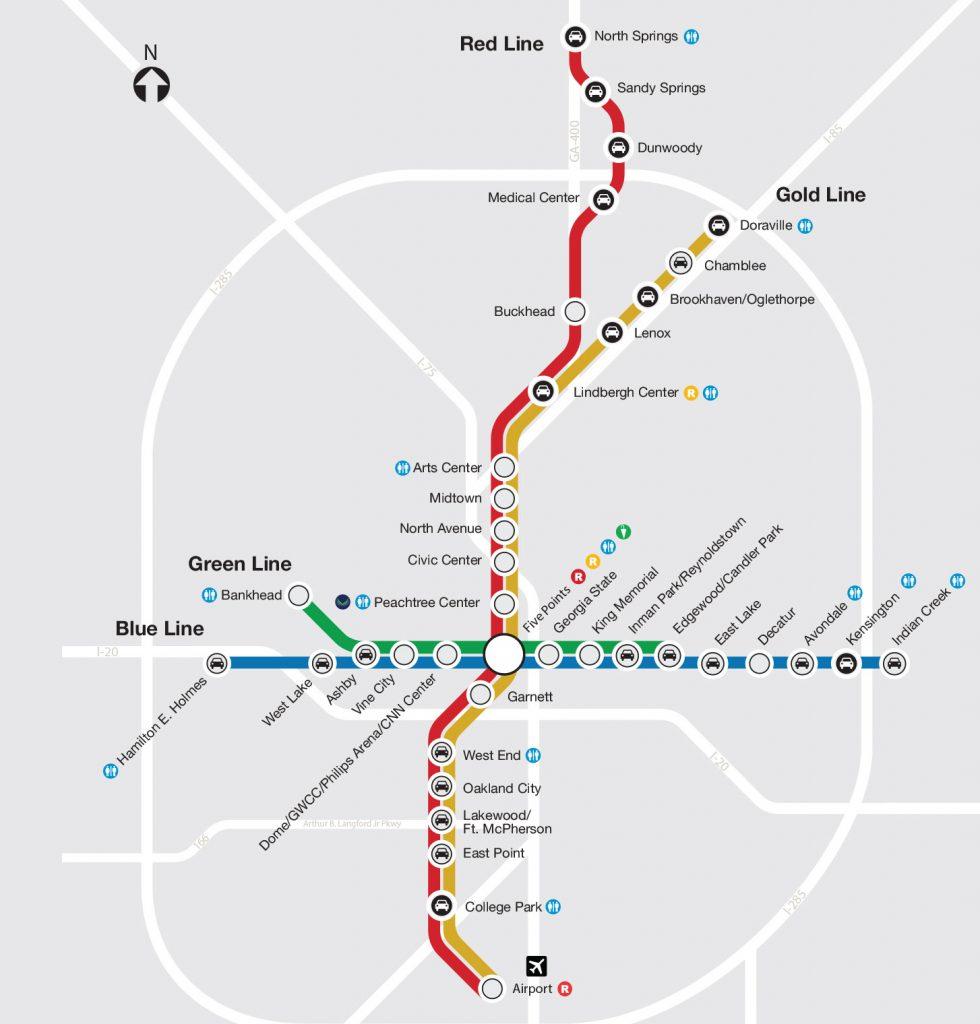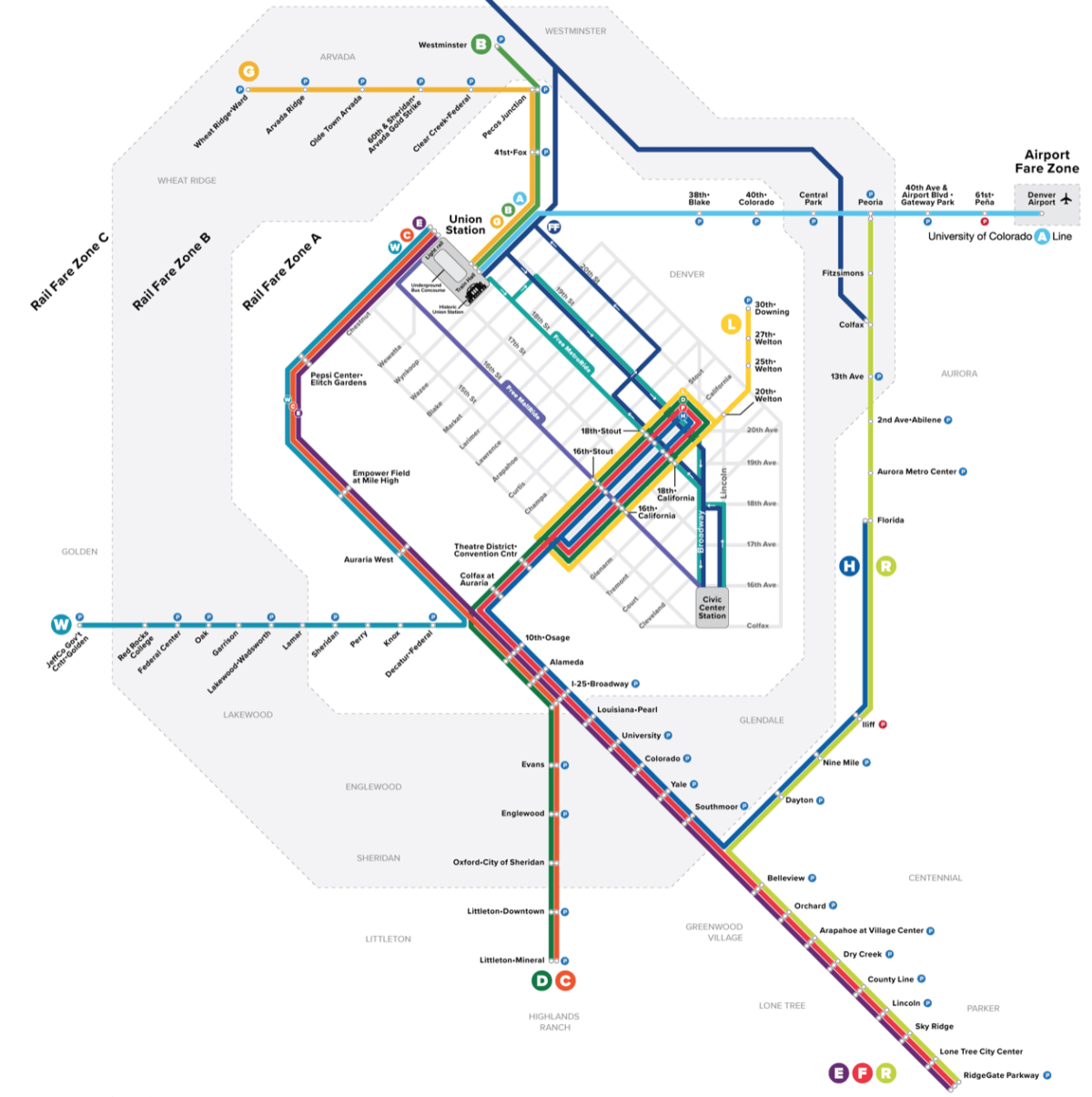TCM Project Summary
Rail IT continues to enhance and install the Track Circuit Monitoring product (TCM) for use in Public Transit Systems. TCM is a software application, designed for Transit Agencies, to monitor and evaluate train movements and the associated track circuit occupancies for integrity and plausibility – screening data in realtime. The TCM tool issues notifications and alerts upon detection of abnormal operation. If included in daily operations and maintenance, TCM increases equipment reliability and transportation safety.
The TCM Tool is being promoted by APTA as a Recommended Practice to identify LOS conditions. It inherently meets the requirements of the NTSB urgent request to FTA R-09-6 and FTA R-09-7.
The Transit Agencies listed below run TCM on a 24/7 basis.

Washington Metropolitan Area Transit Authority, aka Washington Metro (WMATA)
The Fort Totten incident at Washington Metro in 2009 and the subsequent NTSB urgent recommendation R-09-6 prompted WMATA to initiate the developed of a “Loss of Shunt Tool”. The tool issues alerts to Operations and Maintenance (O&M) to report potential safety critical failure conditions of track circuits. For WMATA the LOS tool has become an important track circuit monitoring tool, which is fully integrated in O&M operating procedures. It has been in service on a 24/7 basis since 2010.
The TCM Tool is based on the proven algorithms and report functions of the WMATA LOS tool. All Washington Metro Lines are meanwhile being monitored by TCM.
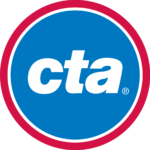
Chicago Transit Authority (CTA)
CTA was the first Transit Agency that deployed the TCM product after it was enhanced as a standardized and independent Track Circuit Monitoring System readily available for integration into other Transit Authority’s central control systems. Part of the CTA project project was to provide proof of concept by deploying the TCM product for the CTA Blue Line (Forrest Park to O’Hare Airport). Included in the TCM software package is a graphical user interface applications (GUI) that supports the end-user in setting up the track network database, loading track circuit data for offline processing, and providing means for detection and analysis of track anomalies.
CTA’s roll-out plan for TCM includes all CTA Rail Systems lines continuing with the Orange line and the Red line next (11/2017).

Metropolitan Atlanta Rapid Transit Authority (MARTA)
The TCM Tool is being deployed at the Atlanta Rapid Transit System in a 2-staged approach. Initially, TCM will be deployed at the MARTA Westbranch followed by a system-wide rollout to cover all MARTA lines.
Instead of receiving the track circuit and switch information from MARTA’s existing Central Control System, Rail IT and ITS MARTA developed a solution for TCM to directly read the Track Circuit and Switch information from the wayside signaling rooms. This approach gives MARTA the advantage to process wayside signaling raw data and avoid any dependencies and possible transmission errors caused by the SCADA system and the central control system.

Denver Regional Transit District (RTD)
The TCM implementation at Denver’s RTD Network is the first TCM deployment in an LRT type transit signaling environment. The LRT Alignment sections consisting of conventional wayside signaling, exclusive track alignment sections with ATP train protection, and mixed traffic in street running alignment sections. Throughout all types of alignment sections, TCM tracks trains coherently based on track circuit information and/or Train-to-Wayside Communication information.
The RTD LRT network consists of the following six corridors:
- Central Corridor
- CPV Corridor (Central Plate Valley and Union Station)
- PR Corridor (R-Line)
- SouthEast Corridor
- SouthWest Corridor
- West Corridor
